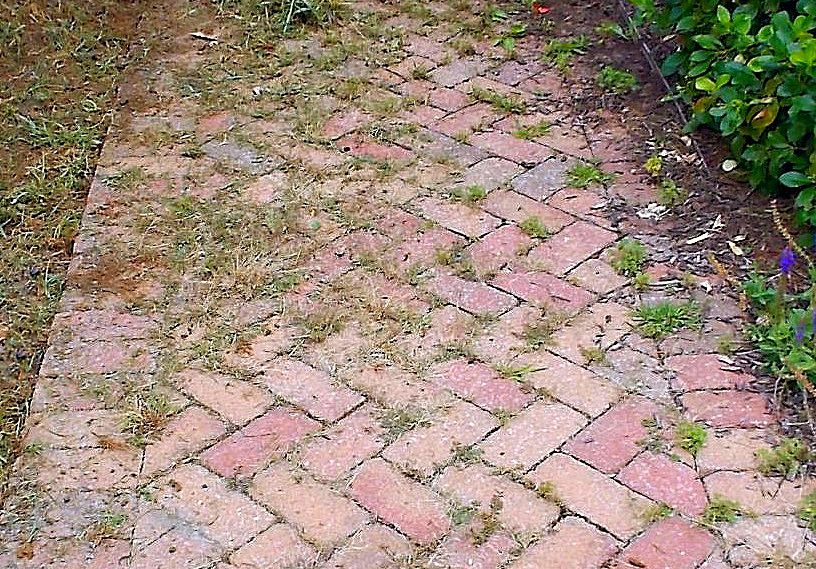
Paver Installation Weed Control: A Comprehensive Guide
Introduction
Pavers are a versatile and durable surfacing material that can enhance the aesthetics and functionality of outdoor spaces. However, weeds can pose a significant challenge to paver installations, compromising their appearance and structural integrity. Implementing effective weed control measures is crucial for maintaining the beauty and longevity of your paver surfaces.
Understanding Weed Growth and Prevention
Weed Biology and Growth Habits
- Weeds are resilient plants that can thrive in various environments, including compacted soils and nutrient-poor conditions.
- They spread through seeds, rhizomes, or stolons, making them difficult to eradicate completely.
Weed Prevention Strategies
- Proper Site Preparation: Removing existing vegetation and preparing the soil with a weed-control fabric can prevent weeds from establishing.
- Soil Compaction: Compacting the soil before paver installation creates a dense barrier that inhibits weed growth.
- Edging: Installing edging around paver areas prevents weeds from encroaching from surrounding areas.
Chemical Weed Control Methods
Pre-Emergent Herbicides
- Applied before weeds emerge, pre-emergent herbicides form a barrier in the soil, preventing weed seeds from germinating.
- Effective against annual weeds but not perennial weeds.
Post-Emergent Herbicides
- Applied directly to existing weeds, post-emergent herbicides kill the plant by disrupting its growth processes.
- Can be selective or non-selective, targeting specific weed species or all vegetation.
Herbicide Application Techniques
- Broadcast Application: Spraying herbicide over the entire paver area.
- Spot Application: Applying herbicide directly to individual weeds.
- Crack and Crevice Treatment: Injecting herbicide into cracks and crevices where weeds tend to grow.
Non-Chemical Weed Control Methods
Physical Barriers
- Mulch: Spreading a layer of organic or inorganic mulch around pavers creates a physical barrier that prevents weed seeds from reaching the soil.
- Weed Mats: Installing weed mats beneath pavers blocks weed growth and allows water to drain through.
- Paver Sealants: Applying paver sealants can create a protective layer that inhibits weed growth.
Mechanical Removal
- Hand Pulling: Manually removing weeds by hand is effective for small infestations.
- Edging: Regularly edging around paver areas prevents weeds from encroaching.
- Power Washing: Using a power washer to remove weeds can be effective but requires caution to avoid damaging pavers.
Integrated Weed Control Approach
Combining Methods
- The most effective weed control strategy combines chemical and non-chemical methods.
- Pre-emergent herbicides prevent weed germination, while post-emergent herbicides target existing weeds.
- Physical barriers and mechanical removal supplement chemical treatments.
Maintenance and Monitoring
- Regularly inspect paver areas for weed growth.
- Reapply herbicides or physical barriers as needed.
- Monitor for new weed species and adjust control measures accordingly.
Safety Considerations
Herbicide Use
- Always follow label instructions carefully.
- Wear appropriate protective gear when applying herbicides.
- Avoid contact with skin and eyes.
Physical Removal
- Use caution when hand pulling weeds to avoid injury.
- Wear gloves and eye protection when using power washers.
Conclusion
Paver installation weed control is essential for maintaining the beauty and longevity of your outdoor spaces. By understanding weed growth habits, implementing effective control methods, and adopting an integrated approach, you can prevent weeds from compromising the integrity and aesthetics of your paver surfaces. Remember to prioritize safety and follow best practices to ensure successful weed control.